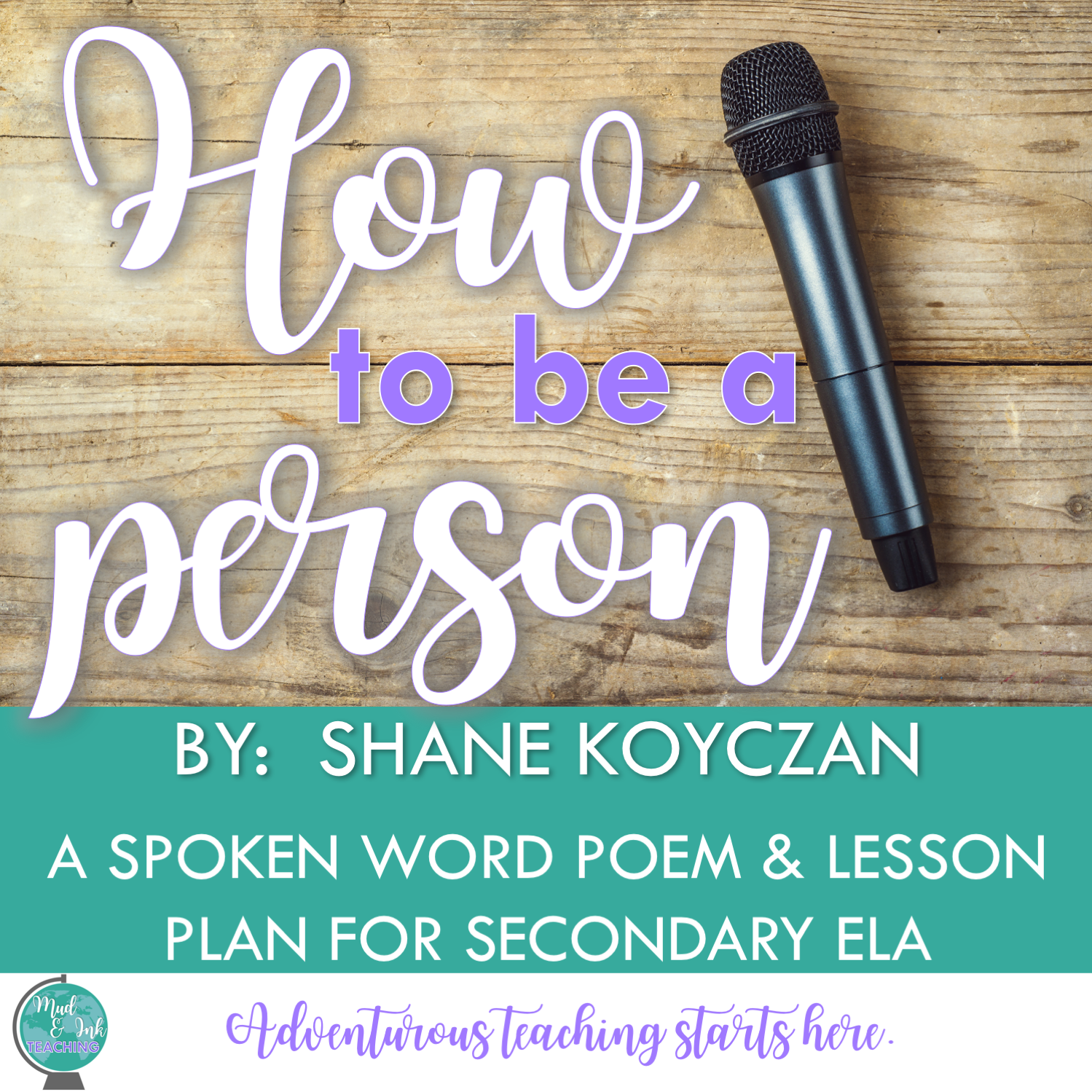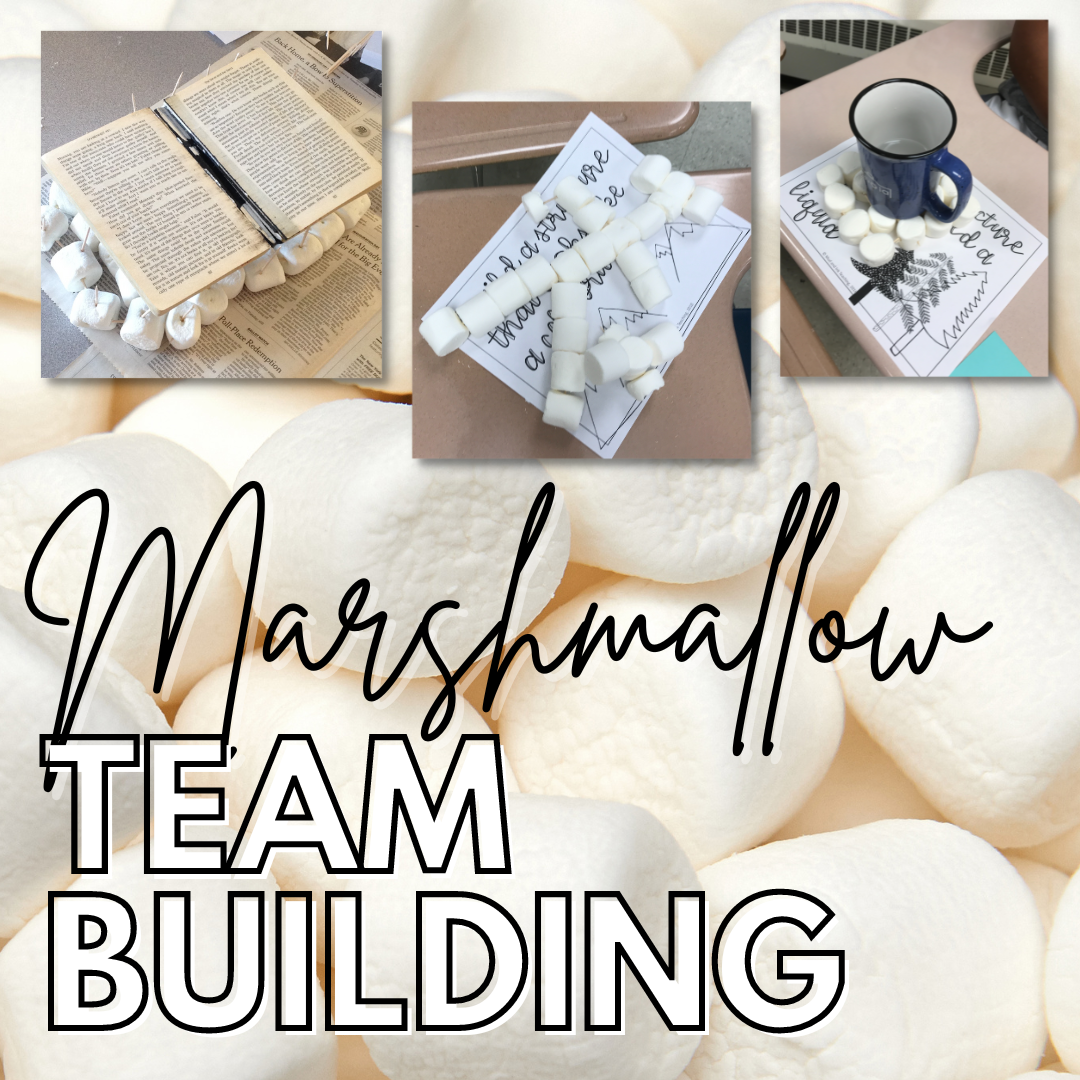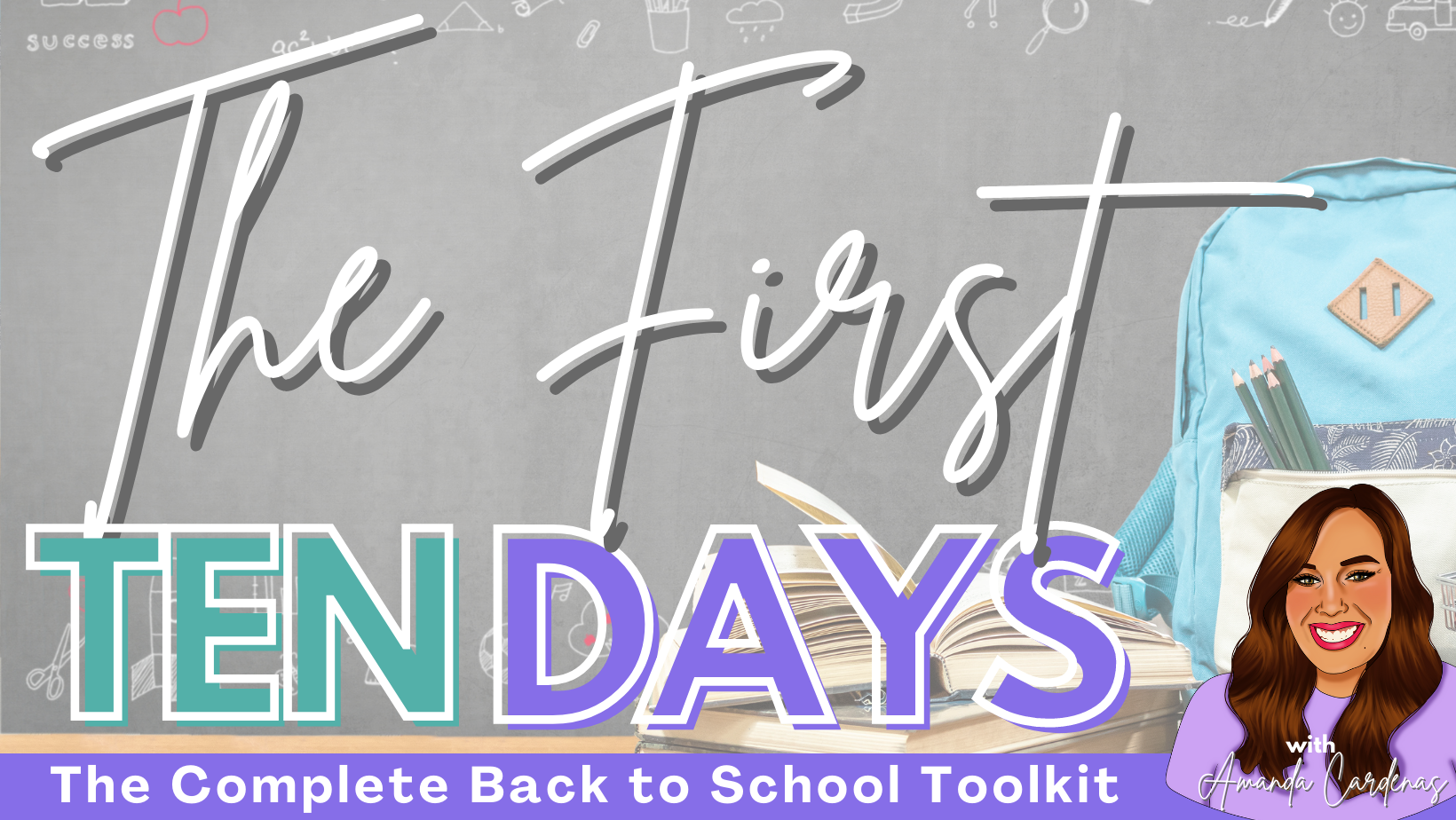
ADVENTUROUS TEACHING STARTS HERE.
A Valentine's Day Activity for Middle and High School: Boost Classroom Community with Warm Fuzzies
Fighting the Winter Blues
The winter months can be a bit of a drag for classroom teachers, and morale can really start to drop this time of year (for teachers and students). This is the perfect time of year to amp up your SEL practices and foster those student-teacher and staff relationships. Who doesn’t love a little fun in the midst of winter gloom? Building community in our classrooms is so important when we think about student buy-in, but that community also extends to the faculty and staff of the school as a whole. If you’ve been looking for an idea to brighten up your classroom and build a positive school culture, these SEL Warm Fuzzies have just what you need!
Step One: Get Your Materials Ready
This activity is SO simple and requires very little to set up, and you can easily adapt the set up to meet your needs. That being said, the first thing you need is a bag for each participant. Brown paper bags work great, but if you have something similar go ahead and use those! Students will be able to decorate their bags and add a personal touch.
Once you have the bags, decide on a place for these to “live”. A bulletin board works great! You’ll staple the bags there for all to see and leave them up as long as you like.
The next step is to ready your Warm Fuzzy slips. We have some templates ready to go! Just click here and print!
Step Two: Prep Your Participants
Give students time to decorate their bags. We all know that some of our students will write their names on the bags and be done, but some may want to spend some time making their bags unique. You can set some time aside for this, let them decorate once they finish ongoing assignments, or let them take the bags home to decorate!
Next, give students the Warm Fuzzy slips, and let them begin to write their notes. Encourage students to write several notes to different classmates, and remind students that the purpose of this activity is to build community and spread some joy around. You could require each student to write a minimum amount of notes, or you could have students write a note for each of their classmates. This depends on you and the amount of time you want to spend on this activity.
It might be helpful to have some sentence starters for kids who feel stuck on what to write. And remember, the more specific the message the more meaningful the impact! Tell students to think about what stands out to them about their classmates. Maybe it’s the thoughtful discussion points someone always has, or it could be the kind gesture of always having a pencil for someone to borrow. The possibilities are endless!
Step Three: Spread the Warm Fuzzies Around!
Now it’s time to deliver the notes! You can do this all at once or over time. Either way, at the end of the process each student should walk away with an assortment of notes making them feel all warm and fuzzy inside.
A Bonus IDEA
This activity is so versatile and is something you can do multiple times throughout the year (just be sure to keep the bags 😉). You could also do this with your teacher team, your department, or your whole faculty! Hearing from our peers about the positive things they see in us is always uplifting, and don’t forget to make yourself a bag even if doing this with your students! You’d be surprised at how much those sweet words can make a difference.
If you’re looking for something to help with teacher morale, whether at the team, department, or even whole school level, this is a great activity for faculty and staff. Community is so important for our classrooms, but it’s also beneficial to build community with other teachers and staff.
IS SEL AN IMPORTANT FOCUS IN YOUR DEPARTMENT?
Then your next step it to check out my Essential Question Adventure Packs. Each pack is designed to support any classroom text that fits under the umbrella of each question — and it’s supported through an SEL focus. Here’s a peek at one of the latest packs: Why do relationships matter?
LOOKING FOR MORE LIKE THIS? HERE’S WHERE TO GO NEXT!
Add some new resources to your toolbox
A Cell Phone Policy that Actually WORKS!
Every school and every teacher has a different philosophy with student cell phones, but with classroom management as a whole. Whether you are on the FORBIDDEN end of the spectrum or on the “do what you want, it’s your grade” end, I just might have a solution that will help in your classroom.
Every school and every teacher has a different philosophy with student cell phones and with classroom management as a whole. Whether you are on the FORBIDDEN end of the spectrum or on the “do what you want, it’s your grade” end, I just might have a solution that will help in your classroom. Setting clear expectations and routines around this policy during the first two weeks of school will take practice, but is critical to establish as it can easily be the number one classroom management problem you will face at the middle and high school level.
A Disclaimer
This post comes with a HUGE disclaimer: cell phone behavior is changing constantly and so is the way that teachers and administrators need to respond to this behavior. The suggestions in this blog post are tried and true, but that doesn’t mean that when you’re reading this, it might be something that’s not right for your situation. Officer Gomez, an SRO that speaks in-depth about discipline issues he faces in his position, argues strongly for full-banning practices in schools. The bullying, social-media addiction, and other unsafe exchanges that happen on cell phones need to be taken seriously - especially at the middle school level. School-wide policies that respect the best interest of student-learning and safety are the best situation, but for those of you facing a “handle it yourself” classroom situation, then I’m here to offer my story and my success.
The Cell Phone Charging Station
I’d first like to point out what I’ve named the policy - The Cell Phone Charging Station. It’s not “Phone Jail” or anything negatively connotated. The goal of using a charging station is to incentivize responsible behavior before punishment is even necessary. This is a lot like what I’ve learned to do as a parent. I know for a fact that my toddler’s mood between 4:30pm and 7:00pm is demonic…like unrecognizable, monster human status. Do I schedule playdates or haircuts during this time? HELL NO. I try to create situations that foster the kinds of outcomes that I desire long before I’m stuck handing out consequences, and this is critical for us in the classroom, too.
These are the kind of things that are so important when setting up your high school classroom: trust me, the Dollar Spot has its temptations, but if you don’t have FUNCTIONALITY in your classroom design, it won’t matter HOW sparkly that unicorn is. We must have a goal of creating a classroom environment that is safe, comfortable, and prime for academic success. Figuring that out needs to happen before anything else (and if you need help with that, I’m here for you).
Here’s what I tell the kiddos in the first week of school:
So here’s how cell phones work in our class: sometimes we need them to look something up quick, but most of the time, you know they’re a major distraction to your education. And that’s what you’re here for after all, right? Well, the bottom line here in this room is that I don’t want to see them out and being a distraction, but I also want you to learn how to control your own behaviors and be able to use them at appropriate times.
So here’s what we’re going to do: if you know that you can’t handle the distraction for the day, drop your phone off at the charging station. Plug it in, turn the ringer off, and just forget about it for the class period. You won’t even be tempted to look, plus, when class is over, you’ll probably be back to a full charge! For those of you who choose to take your chances and I have to ask you more than once to put your phones away, the second time I see the phone I’ll simply ask you to walk it over to the charging station since you couldn’t follow the first warning.
And that’s it. It’s that simple. From about day four, I had more students choosing to put their own phones at the station than I’ve ever had to reprimand. In the first semester of trying this system, I had one student (out of 125!) refuse to put his phone away and I was able to handle him separately.
A note: I’ve seen a lot of teachers have success with caddies in desk clusters, too.
The Benefits:
There will never be a perfect policy, but this approach certainly created a few things in my classroom:
An atmosphere of adult trust. Students are treated like adults with a choice, not children with rules (see class contract below)
An opportunity to self-assess and build self-monitoring skills. By putting the responsibility on them for knowing their own habits, I hope to be building a behavior that will strengthen over time and into their adulthood.
A community of caring. The tone of our room is one where we care about each other and care about learning - I don’t spend day after day nagging students about this annoying behavior!
Want to see my complete first two weeks of school plans? I’m here to walk you through step by step in my course:
The Setup:
Here’s what you’ll need to create your Cell Phone Charging Station:
A visible place at the front of the room. I have mine on the front board so that I can always see who is up there and keep an eye on any funny business.
A clear shoe hanger. I bought mine on Amazon for about $8.
A power strip that has USB ports. I bought mine on Amazon and this one has room for 14 devices to be plugged in at once. I never have this many at once, so it’s worked out great! Students do have to have their own cord in order to plug in - but most of them live with a plethora of cords in their backpacks so that hasn’t been a problem either.
A few dry erase markers. I ask the students to put their name on the pocket where their phones are so that there are no mix-ups or if they leave and forget the phone I know who it belongs to.
A sign or place on the whiteboard for you to write your rules for using the station.
I’d love to hear how this has helped in your classroom and how you tweaked it to fit your school. Establishing this as a routine in my classroom has become an essential part of the first two weeks of the school year. We need to practice this routine and actually test it in action a few times before we get it down. This is also a cornerstone component of the class contract that we sign together at the start of the year. I’d love to share a copy of the contract with you — feel free to adapt and change for your needs!
LINKS TO PRODUCTS
(some may be affiliate links which means I will be partially compensated for your purchase)






























